Shimano power meter likely to land in May 2017
Could potentially offer directional force measurement
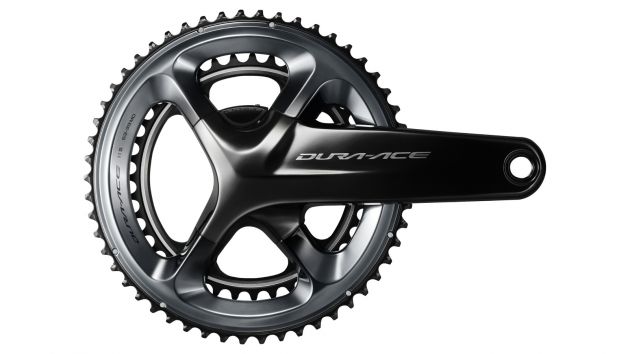
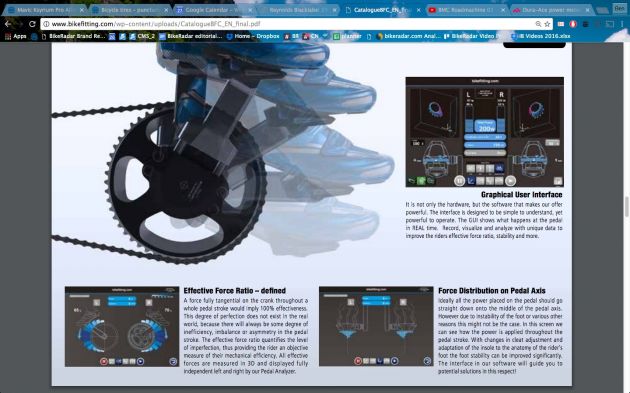
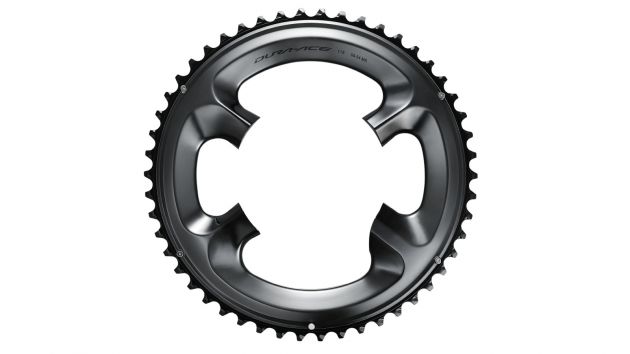
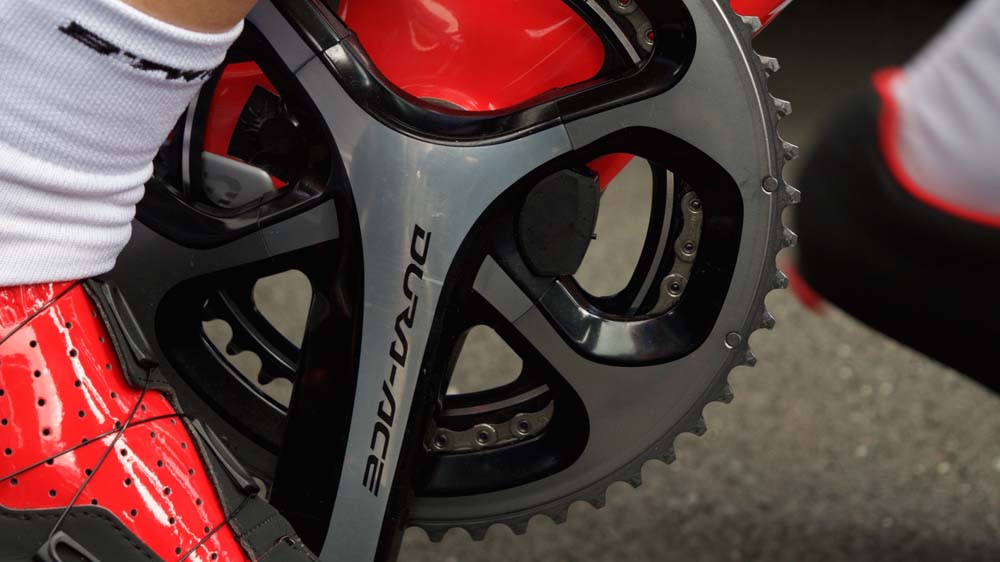
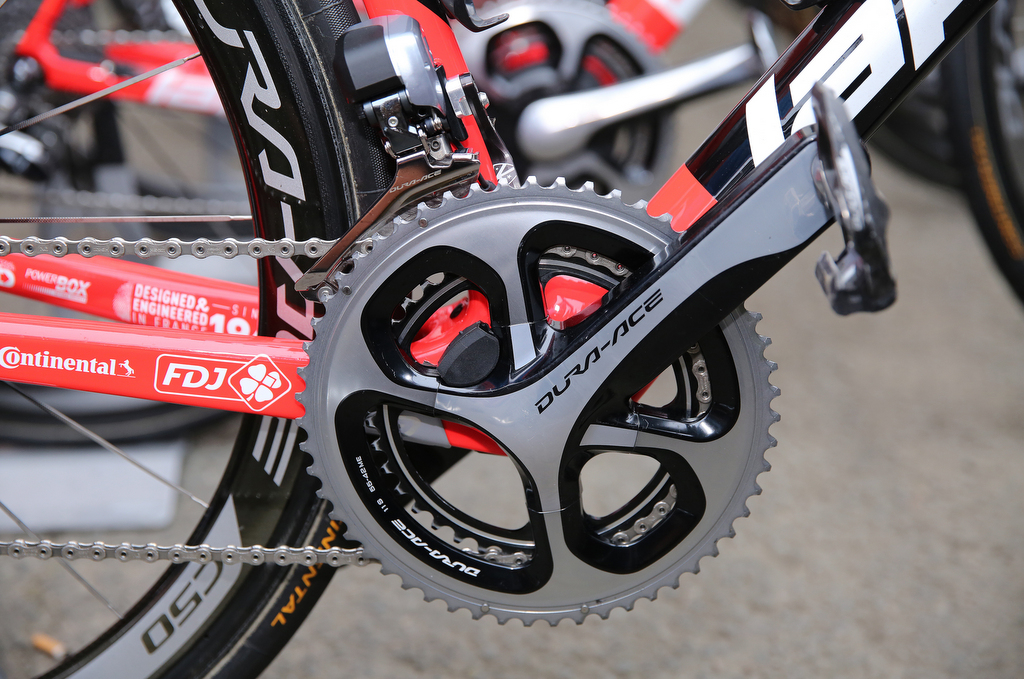
This article originally appeared on BikeRadar
Next spring, Shimano will finally enter the power meter market with a Dura-Ace crankset that is likely sell for about $1,500 in the US, or £1,299 in the UK. The US price is not yet final, but is the estimate of Shimano road product manager Dave Lawrence, who says the power meters should be available in May. The UK pricing was confirmed to us by Shimano's local distributor, Madison.
While a few companies currently sell power meters based on Shimano cranksets — Stages created the left-arm category it now shares with Pioneer and 4iiii, plus brands like SRM and power2max have Shimano-compatible spiders — the Dura-Ace R9100-P will be the first power meter from the Japanese component giant.
While many have speculated that Shimano's power meter could spell the end for the likes of Stages or Pioneer, Lawrence said he doesn't think so.
"They are at a different price point, and I don't see a conflict," Lawrence said, adding that the Shimano meter is a dual-side meter, whereas all Stages' Shimano models, and the aggressively priced Shimano meters from 4iiii and Pioneer, are left-only.
At Stages, senior vice president Pat Warner echoed Lawrence's position, saying that Shimano shipped the Colorado company 9100 arms before the product was launched so Stages could begin work on its 9100 meters.
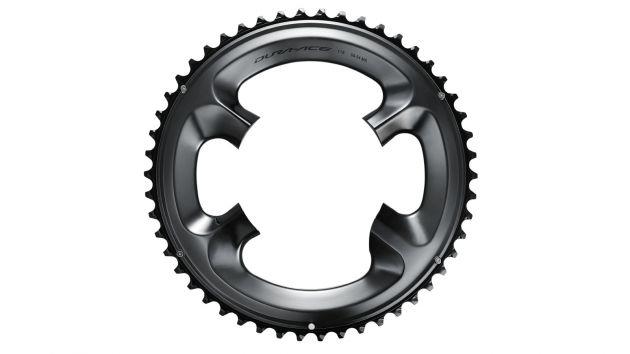
The new Shimano Dura-Ace R9100-P will have its own chainrings. As with 9000 cranks, there is no longer a 130 standard or 110 compact measurement, but a unique Shimano design that works for the full range of chainring sizes
Get The Leadout Newsletter
The latest race content, interviews, features, reviews and expert buying guides, direct to your inbox!
R9100-P features: Bluetooth, rechargeable and waterproof — and with directional force measurement?
In addition to aesthetic and purchasing integration with Shimano Dura-Ace groups, the R9100-P also brings a few new things to the category.
There is distinct left/right measurement with strain gauges on both sides, but unlike other true dual-side meters, Shimano only has a single battery as the two sides are connected with a wire. (Some meters, like Quarq, offer left/right data without distinct left/right measurement, instead using a formula based on where power is applied in the pedal stroke. Other meters with true dual-side measurement have two batteries.) The enclosed battery is charged with a magnetic adaptor, which avoids exposing the battery to the elements.
Shimano claims the power meter will be completely waterproof, and offer +/- 2% accuracy, which is fairly standard for the category.
Weight of the R9100-P has not been announced. The standard R9100 crank weighs a claimed 621g for a 53/39 model. Judging by the minimal additional bulk on the R9100-P and how little weight Stages and 4iiii add with their hardware, we'd expect a minimal weight penalty for the Shimano meter.
For data transmission, the R9100-P works on the standard ANT+, but it also has Bluetooth, which offers the ability for easy firmware updates from smartphones.
A few years ago, Shimano purchased Bikefitting.com, which incorporates dynamic pedaling analysis, among other things. Bikefitting's 3D Pedaling Analyzer measures the direction of force applied every 7 degrees, similar to how the Pioneer system works, and uses a metric Bikefitting calls effective force ratio.
Shimano spokesperson Doug Barnett told BikeRadar that the FC-R9100-P uses the same technology as Bikefitting's system, but that he couldn't confirm that the degrees or points of measurement are identical to that system. However, Shimano does say in its literature that the R9100-P will offer power measurement "at the various stepping positions", which seems to point to incremental measurement.
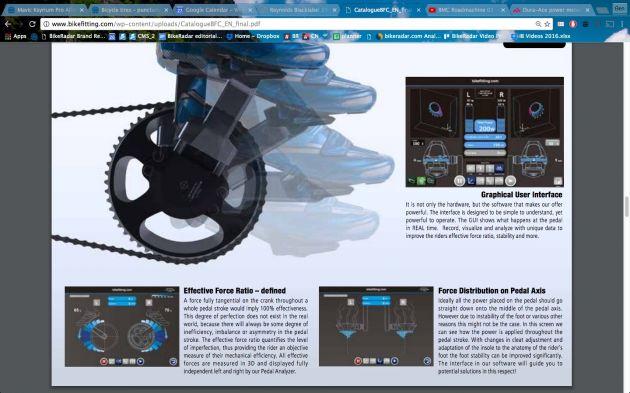
Shimano's Bikefitting.com studio hardware and software measure pedaling dynamics in a host of ways, looking at directional force every 7 degrees, plus how centered force is over each pedal
But how would such data be displayed? That begs the question of whether we will see a Shimano computer. More likely will be the integration of Shimano data into Garmin Edge computers. There is already some cool integration with Edge computers via the buttons on Dura-Ace Di2 hoods. Most recently, the two companies announced that riders can control ANT+ lights, like those from Bontrager, via Edge units and the Di2 hood buttons. As to whether we might see a Shimano head unit, such as a revival of the Flight Deck computer, Barnett said he did "not have any knowledge to indicate development in that direction."
For gearing, the R9100-P will come in the three standard configurations, 53/39, 52/36 and 50/34. As with the previous generation, 9100 cranks will work on their own OCD standard, so you can mix and match rings without worry of 130 or 110 concerns like you do for other brands' standard and compact cranks. However, the 9100 rings are not compatible with 9000 rings because the crank shapes are different.
Shimano claims that changing chain rings will not affect the power meter's calibration.
This story will be updated with new information as it becomes available.